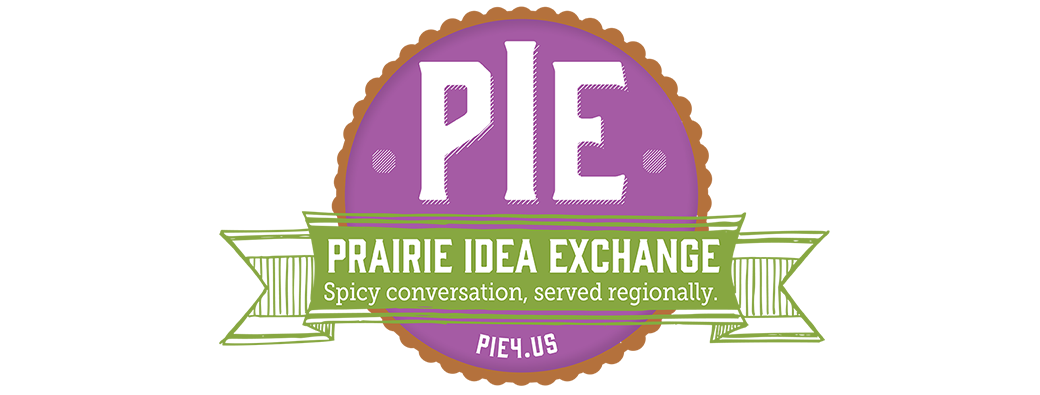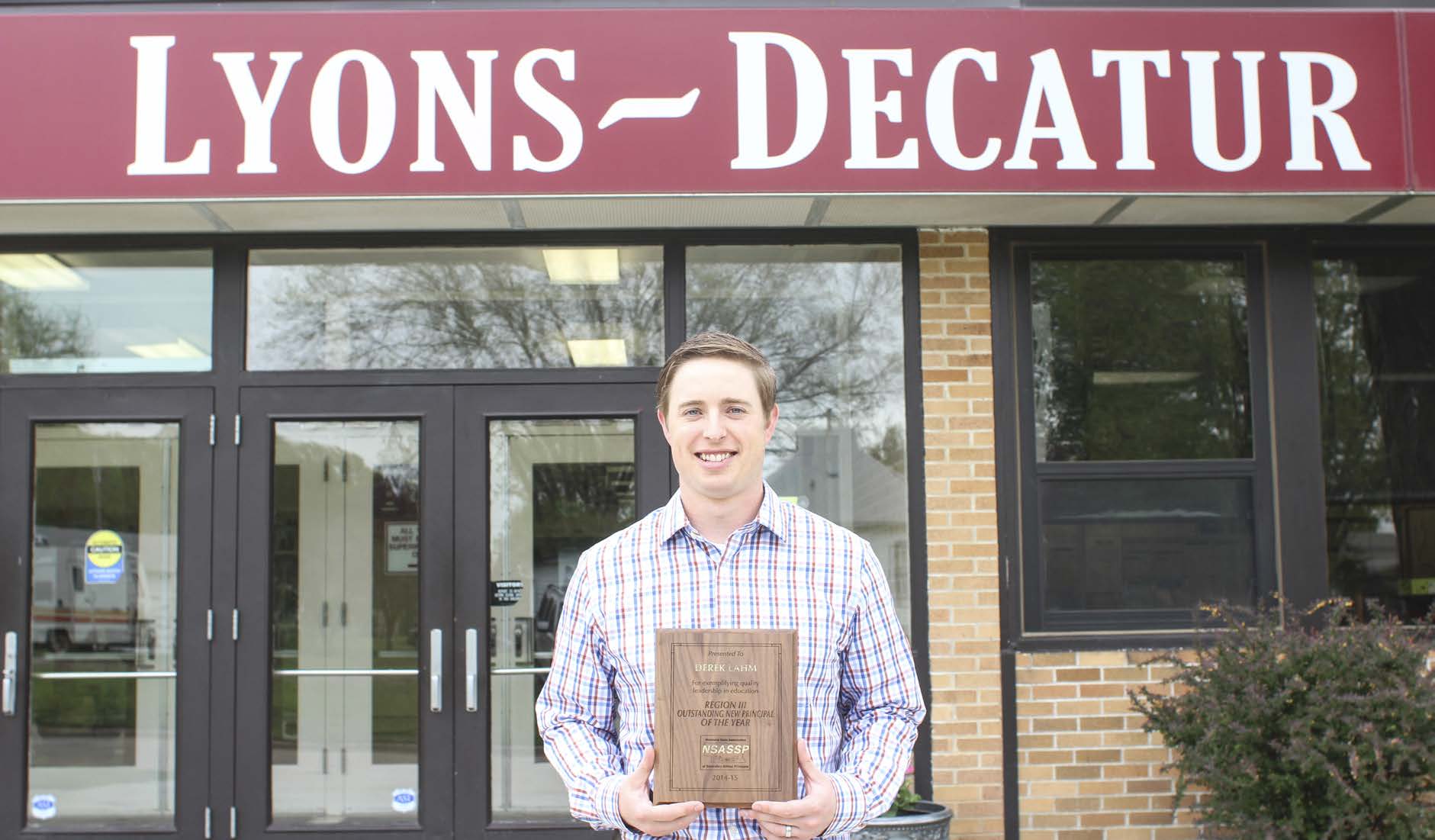Before you get started, ask yourself these questions:
Are we as adults willing to put a little bit of trust into our students?
This can be a hard thing to do, because we may know better than them how to get something done. But if we can do that, they really fly, and they excel beyond what both they and some of us have ever imagined.
Are we ready and able to give up a little bit of control?
It can be very easy to tell them how to do something. … (But) anyone thrives in a situation where they have ownership over their projects. … Provide a platform that gives them tools to use so they have the control to design the projects in the way they want to do them.
Jamie Horter offered this advice, based on her experience with Community Studio, during her presentation to the Prairie Idea Exchange participants in September.
Talk to local teachers
Build community support
Leverage local media

Local media have the ability to drive the conversation forward. They can create a positive tone that gets the community talking about what’s going on and asking some questions, and from what they read and hear, they might even contribute.
Engage local government

Keep local government engaged, because they are the ones who might have the power to say
yes or no to student projects.
Encourage a spirit of mentorship

Foster intergenerational partnerships in which adults are helping students and perhaps also learning from students at the same time.
 Dakotafire Get your spark here.
Dakotafire Get your spark here.






